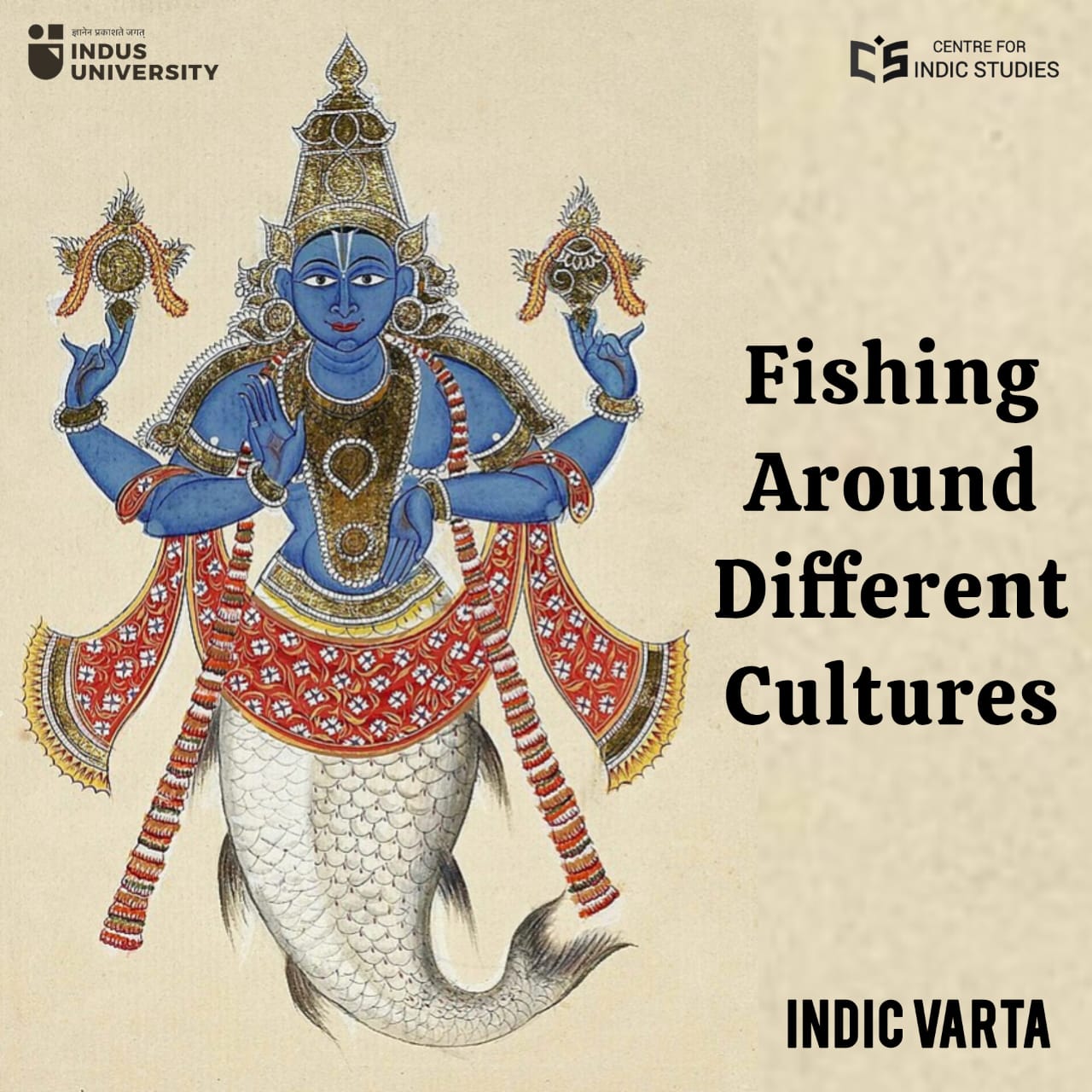- Visitor:123
- Published on: 2024-10-05 04:08 pm
The Story, Symbol, and Significance of Candraghaṇṭā
Candraghaṇṭā, actually, depicts that a woman need not shun her femininity and grace in order to be vigorous. A woman must not act like a man to boast of her valour, but rather, on the contrary, the truly valorous women are utterly feminine by their natural predisposition. Femininity is not weakness, but rather strength itself. Is this not something that the modern feminists have forgotten altogether?
.jpg)
Story
Now, that the devī had attained the company of Śiva whom she yearned for, she refrained from her Brahmacāriṇī rūpa and embraced the gṛhastha life. Exulted, she returned to the Himālaya after her assiduous venture and the whole nature was cocooned with mirth and mellow. Garments and jewels poured in from every nook and corner to adorn her glistening limbs. All the gods, deities, and celestial beings graced the occasion as she was to be married to Śiva. They decked her with their weapons as gifts, matching her valour and dexterity. To receive all the gifts simultaneously, eight more hands emerged out of her divine body in addition to the existing duo, conferring upon her the name ‘Daśabhūjā’!
Brahmā himself became the purohita in the matrimonial yajña as he offered to the pañcamahābhūta, five cosmic elements, tying their divinely nuptial knot. No sooner was she married to the lord, one part of the crescent moon appeared upon her crown just as it shone bright around the deadlocks of her husband. Amused, Śiva had a lofty giggle as the devī’s feminine coyness had no bound and she hid her face with her anointed hands. All of them revelled and cheered as she was named Candraghaṇṭā by her husband.
Symbol
The metamorphosis of the devī from celibate Brahmacāriṇī to married Candraghaṇṭā serves as an emblem of the transformation that every woman undergoes once she surrenders her maidenhood and enraptures in the joy of conjugal life. Candraghaṇṭā symbolizes the happiness of a woman’s life when she is married to a doting husband whom she desired all through her life. It is to be noted that the devī did not grudge to her husband for having to undergo the rigorous penance just in order to attain his company, nor did she throw tantrums at him after succeeding in her goal. Thus, through her own acts of life, she teaches women to be compassionate and understanding, not to be finicky and garrulous.
Similarly, on the other hand, she also symbolizes the undaunted resilience and the feminine gallantry as she rides a ferocious tiger and holds ten deadly weapons. As she had two hands before while the other eight emerged out of necessity, her figure represents the fact that women may certainly go beyond the limitations of possibilities if situations so demand and accomplish for her loved one even the most unimaginable of deeds.
However, is it not beautiful to see how she is engulfed by her feminine shyness as her husband courted her despite being such a tremendously valorous persona? Candraghaṇṭā, actually, depicts that a woman need not shun her femininity and grace in order to be vigorous. A woman must not act like a man to boast of her valour, but rather, on the contrary, the truly valorous women are utterly feminine by their natural predisposition. Femininity is not weakness, but rather strength itself. Is this not something that the modern feminists have forgotten altogether?
Moreover, see how the crescent moon replicated itself on her forehead, symbolizing the quality of an ardhāṅginī, the better half who shares all the avenues of her husband, be they in the comforts of heaven or on the hellfire and brimstone. Candraghaṇṭā’s figure marshals as an epithet to the term— a quality that has survived the test of time and may ameliorate the lifestyle of the contemporary women, if embosomed.
Significance
On the third day of the Navarātri festival, Candraghaṇṭā is worshipped. In the bhakti mārga of the śākta tradition in the Sanātana Dharma, she is sometimes celebrated in the form of the newly-wed daughter-in-law of the house. As moon is associated with the health and mind of women, Candraghaṇṭā’s blessings are of extreme importance to them. However, men require her blessings no less either. Therefore, men and women, who seek harmonious sustenance, may pray to her in unison:
ॐ पिण्डजप्रवरारूढा चण्डकोपास्त्रकैर्युता।
प्रसादं तनुते मह्यं चन्द्रघण्टेति विश्रुता।।
या देवी सर्वभूतेषु माँ चन्द्रघंटा रूपेण संस्थिता
नमस्तस्यै नसस्तस्यै नमस्तस्यै नमो नम:।।
।। ॐ चन्द्रघण्टा देव्यै नमः ।।
- 61 min read
- 2
- 0










